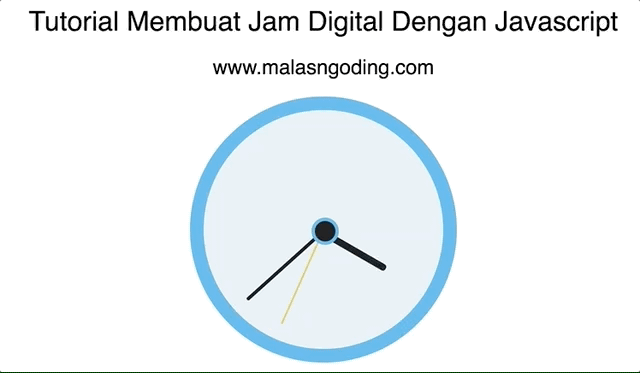
It’s dubbed as Lodash for dates due to its versatility. In an open-source library supporting date parsing and formatting, locales, and date arithmetics like addition and subtraction. So, apart from Moment.js, what are the libraries we can use to make our life easier as developers? Date-fns They recommend looking for an alternative solution for those who are working on new projects. Search: Java Disable Pkix Path Validation. That it’s focusing on maintaining the current codebase instead of adding new features. If you only need to execute a function one time, use the setTimeout () method. The JavaScript setInterval () method returns an ID which can be used by the clearInterval () method to stop the interval. However, its developers recently announced The JS setInterval () method will keep calling the specified function until clearInterval () method is called or the window is closed. Moment.js used to be the king of date manipulation libraries among Javascript developers. In this section, I’ll only talk about popular multi-purpose libraries. Some of them, designed for all kinds of date-time manipulations, and some have a specific set of use cases. We can find several Javascript date and time manipulation libraries as open-source projects or otherwise. This is because Dates in JavaScript are objects, so each date has a different instance of the class, and the = or = operator are comparing the memory address instead of the actual values of the dates. You can pass a date string of an accepted format when creating a new Date object.įirst. The given parameter can take different forms. You can pass parameters to the Date constructor to create a date of your choice. You can simply create a date using new Date(). As far as Javascript is concerned, it’s the beginning of time in the world. This date-time combination is known as the epoch time. It records a single point in time as the milliseconds’ number elapsed since the 1st January 1970 00:00:00 (UTC). The Date object in Javascript is the main element when it comes to handling date and time. This tutorial will introduce you to working with dates in vanilla Javascript, as well as useful third-party libraries to help you simplify more complex date-related tasks. While these libraries reduce the task’s complexity, having a clear understanding of handling vanilla Javascript dates has its benefits. On top of different date-time formats, you have to consider timezone and locale differences.įor this reason, plenty of Javascript developers seek help from third-party libraries when they have to manage dates in an application. But as a Javascript developer, you would know this theory doesn’t hold long after you start working with dates for real. Does anyone know the Javascript that will calculate a date from an existing fie. I would like to have the individual days to have the date autofill. The form has a main date field that the user selects the Saturday date from a drop down calendar.
SETDATE 0 JAVASCRIPT ISO
This will remain for Temporal objects as well, because they do share the same formatter.įortunately, the ISO format of the Date API will always display at least 4 digits on the year, although Temporal objects do not.In theory, handling dates as a developer is as simple as creating, storing, and, if necessary, manipulating dates. I have a expense form that lists each day of the week.


(JS automatically accounts for leap years and rolling over months less than 30 days, and into the previous year) now just output it like you want (gives you more control over the output). For example, you could type the name 'Jamie' and then hit enter. var date new Date() tDate(date.getDate() - 30) sets date to 30 days ago.

Sadly, the formatter doesn't support leading zeros on the year. Begin learning here by typing in your first name surrounded by quotation marks, and ending with a semicolon. It is recommend to fallback to custom formatting to enforce 4 digit years in all circumstances. Note that the ISO format for Temporal objects with dates before the year 1000 or after the year 9999 will have a different formatting compared to the legacy Date API. To prevent this, initialize the date like so to be used for the ISO 8601 format: const date = new Date()ĭate.setUTCFullYear(18, 2, 1) // the year is A.D. Unlike in the Temporal constructor years between 0 and 99 will be interpreted as 20th century years on the Date constructor. This is done by using Date.UTC as shown above. getDate (JavaScript) Gets the day of the month in local time. Date (Date - JavaScript) Creates a Date object representing the current date and time, or a specified date and time. Date (Standard - JavaScript) Represents a date and time. Boolean (Standard - JavaScript) Represents a boolean value. Your input date should be in the UTC format or toISOString() will fix that for you. Array (Standard - JavaScript) Represents an array. Const date = new Date(Date.UTC(2018, 2, 1))Ĭonst result = date.toISOString().split('T')


 0 kommentar(er)
0 kommentar(er)
